Last Updated on August 8, 2024
What benefits can you expect from SharePoint?
In this article, I want to talk about the SharePoint benefits for organizations and businesses like yours.
Let’s get started.
Table of Contents:
1. Cloud-Based Accessibility
Do you need a platform that you can use anywhere?
What’s nice (and well, can be disadvantageous as well) is that you can use SharePoint anywhere at any time.
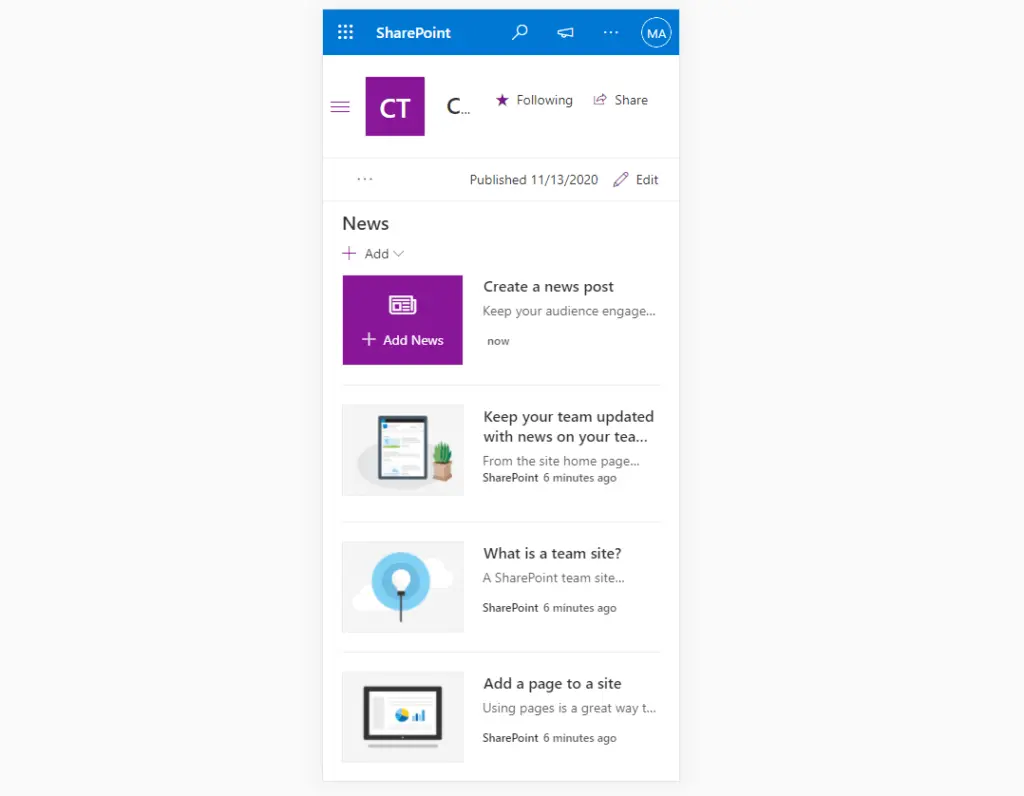
Specifically:
- You only need an internet connection and a web browser.
- You can also use your smartphone or tablet (mobile devices).
- The latest SharePoint features and security enhancements are automatically updated.
The bright side with this is that your data is always safe from physical damage. 😅
About the updates, there’s no need to worry about manual updates since the system automatically receives updates.
This is nice if you want to save time and improve your data protection.
👉 Related: SharePoint Online Features: The Power of SharePoint Online
Sign up for exclusive updates, tips, and strategies
2. Improved Collaboration
Well, SharePoint Online was made with collaboration in mind.
As you may know already, it has a lot of tools and features that make working together easier and more efficient.
Examples:
- Real-time document collaboration
- Version history
- Simplified document and file sharing
Real-time collaboration means your team can see changes as they happen.
There’s also version history which tracks who made changes and when, providing you with a clear audit trail.
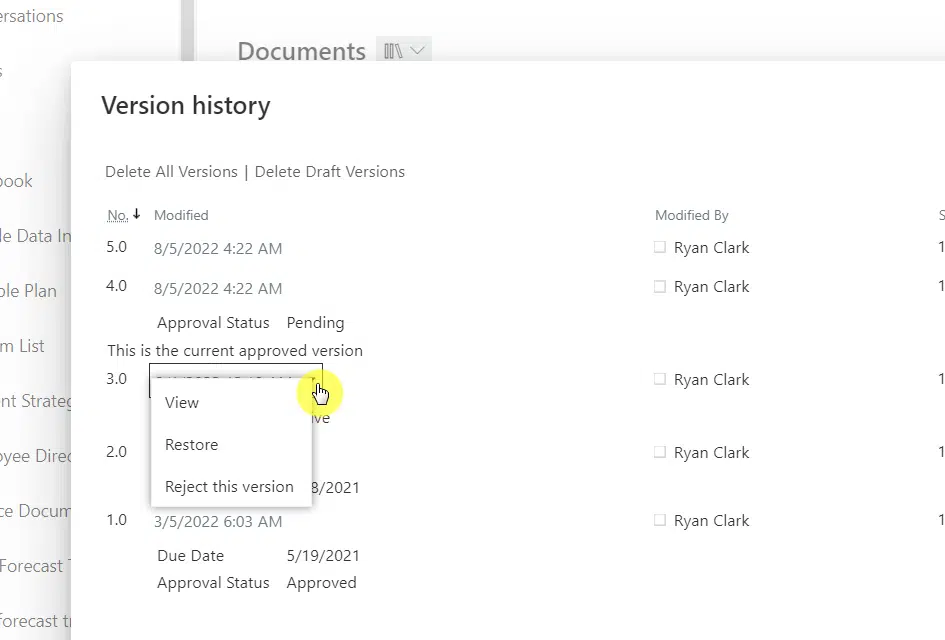
If you find back-and-forth emails inconvenient, you would like simplified sharing, especially for document distribution.
There’s a lot more where these came from as Microsoft SharePoint is practically a collaborative environment.
👉 Related: SharePoint Document Collaboration Best Practices (Updated)
3. Centralized Document Management
You surely have lots of documents. 😅
Another nice thing about SharePoint Online is that it provides a central hub for all your documents.
Specifically:
- All documents are stored in one place and accessible from anywhere.
- You can quickly find documents using advanced search and indexing features.
- Control who can view or edit documents with granular permission settings.
The advanced search functionality can help users find what they need quickly, even in large document libraries.

What’s more is that the SharePoint platform supports document metadata, which can further categorize documents.
I mentioned this earlier, but there’s also an automatic version control where users can revert to previous versions if necessary.
👉 Related: Document Management Best Practices: SharePoint Online
4. Integration with Microsoft 365
If you’re already using Microsoft’s ecosystem, there’s almost no reason why you won’t benefit from SharePoint.
For example:
- You can easily attach SharePoint documents to emails.
- Work on Excel files directly with SharePoint.
- Embed SharePoint documents into PowerPoint presentations.
That’s because SharePoint works seamlessly with Microsoft 365 to provide a unified and efficient user experience.
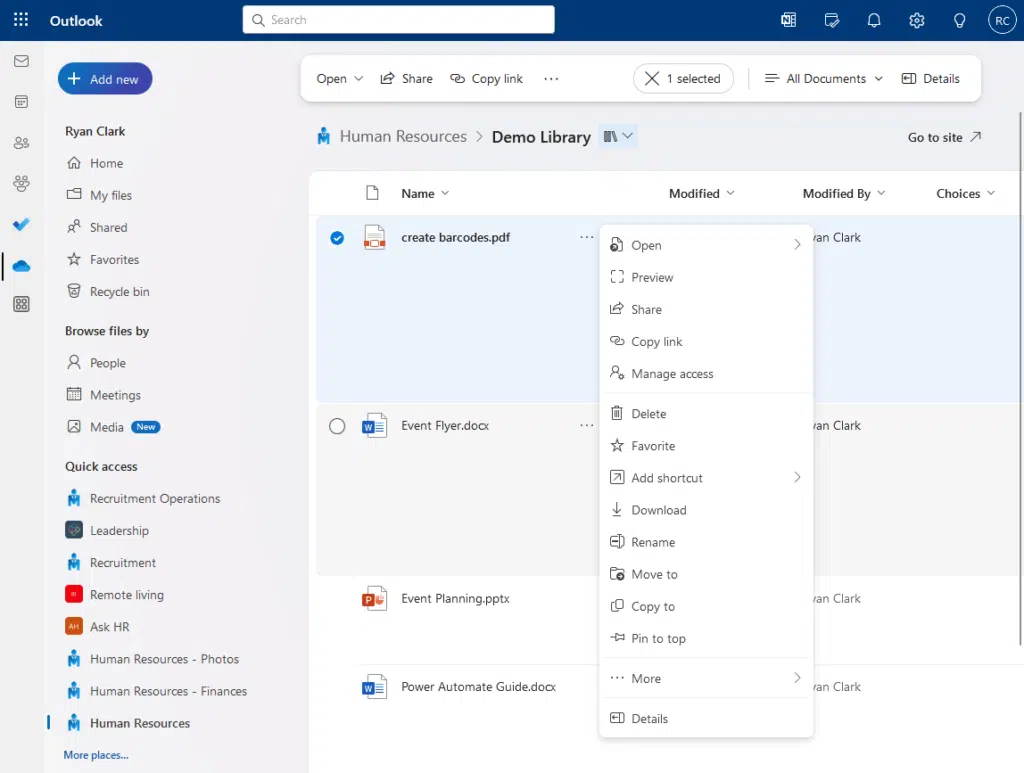
The cream at the top here is that your documents are easy to access and integrate into any Microsoft Office suite app.
There’s also the integration with Microsoft Teams that can further enhance collaboration for teams working together.
👉 Related: SharePoint Online and Outlook Integration: How It Works
5. Advanced Security Measures
We’re all into protecting our data, right?
The good news is that SharePoint Online has robust security features that can protect your organization’s data.
Specifically:
- It complies with international standards like GDPR and HIPAA.
- Administrators can set permissions at various levels.
- There are protections in place against sophisticated threats like phishing and malware.
Having customizable security settings is really nice as you can control access at different levels.
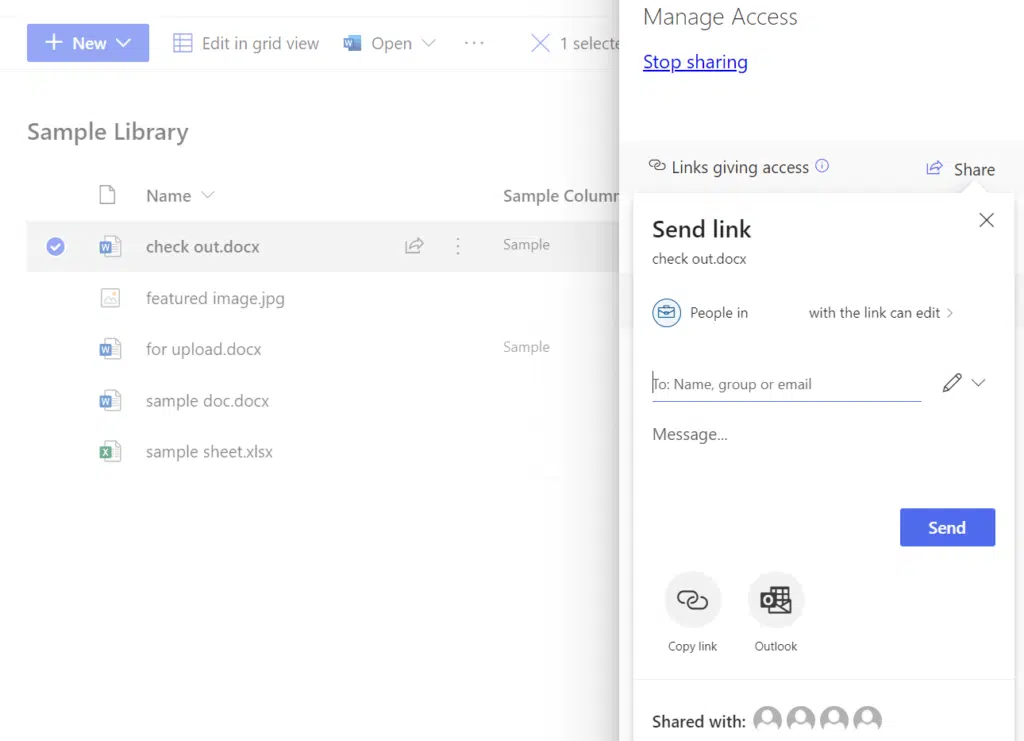
That means only authorized people can view or edit documents in your organization, which helps in maintaining confidentiality.
Information rights management (IRM) secures sensitive documents by restricting actions like printing or copying.
👉 Related: SharePoint Security: The Best Practices Guide
6. Scalability and Customization
SharePoint Online is designed to grow with your business.
There are scalable and customizable features that can adapt to your organization’s changing needs. 🙂
Specifically:
- You can create workflows to automate repetitive tasks (workflow automation).
- Customize SharePoint sites to match your company’s branding.
- Add or reduce features as your business requirements evolve.
If you didn’t know it yet, SharePoint has a modular design where you can add or reduce features based on your current needs.
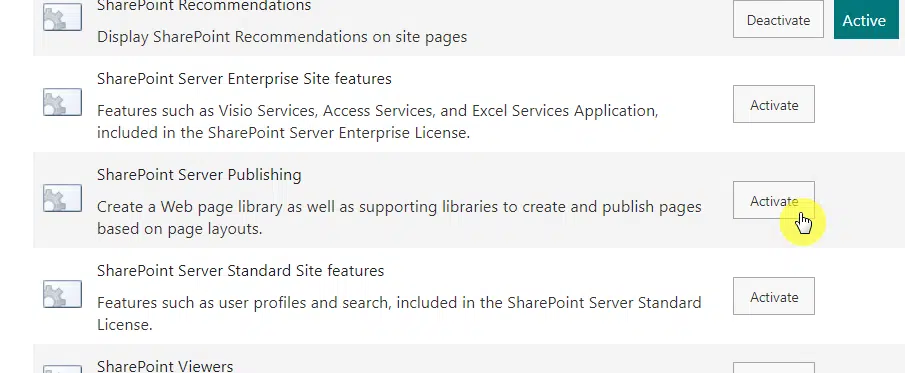
Not in the way you can pay/not pay for certain features, but there’s an admin setting where you can enable/disable features.
👉 Related: How to Activate SharePoint Server Publishing Infrastructure
7. Business Intelligence and Reporting
You can also use SharePoint to transform your data into actionable insights.
There are robust business intelligence and reporting features that can help you make data-driven decisions.
Examples:
- You can connect SharePoint with Power BI for interactive dashboards and reports.
- Generate custom reports using tools like SQL Server Reporting Services (SSRS) and Power Automate.
- Aggregate data from various sources like Excel workbooks and SQL databases.
The integration with Power BI enables you to create dynamic dashboards and reports directly from your SharePoint data.
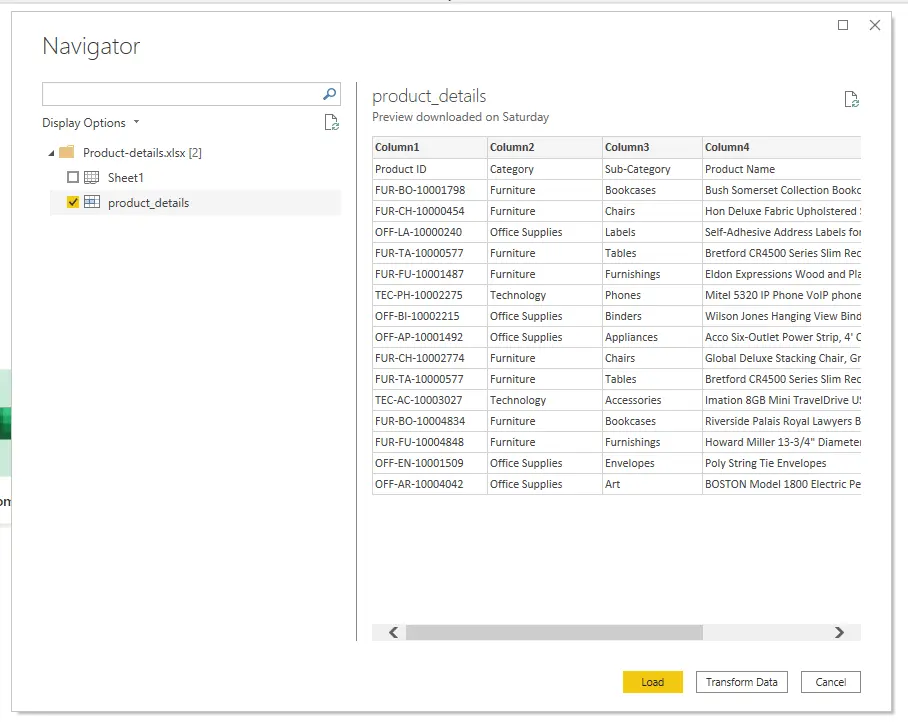
This provides a nice and unified experience for data analysis and visualization that makes it easier to track KPIs and progress.
There are also data connectivity features where you can link with external data sources for aggregation and analysis.
👉 Related: What is a Power BI Dashboard [Power BI Dashboard Tutorial]
The bottom line here is that SharePoint Online is beneficial for your business.
It improves collaboration, centralizes document and content management, and integrates seamlessly with Microsoft 365.
I can confirm that it’s a powerful tool that can enhance productivity and streamline operations in any organization.
Anyway, got any questions about the benefits of SharePoint Online? Let me know below.
For any business-related queries or concerns, contact me through the contact form. I always reply. 🙂

